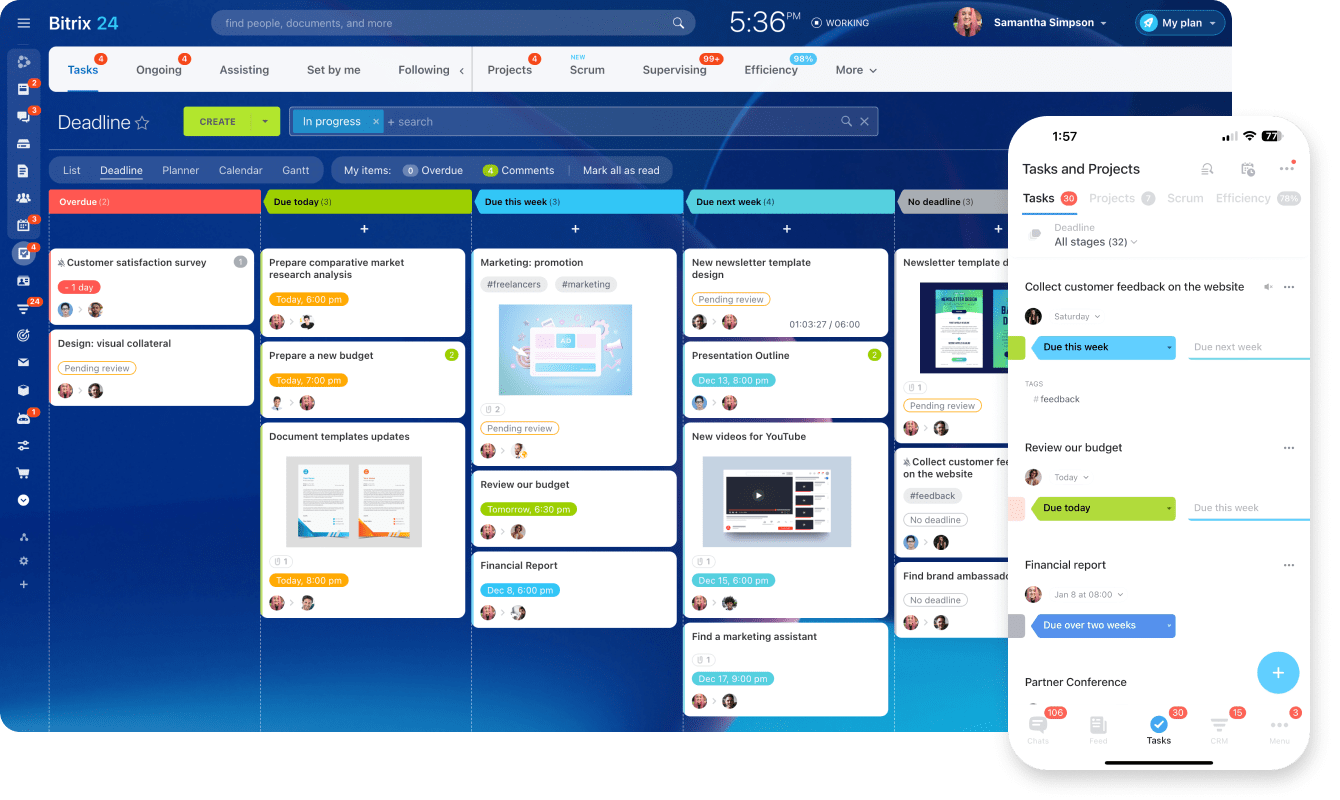Product
Tasks & Projects
Tasks & Projects
Get work done easier & faster
Resources
Solutions
Industry
Business size
Import & Export
Sales & CRM
Marketing
Tasks & Projects
Partners
For clients
For partners
Why Bitrix24
Bitrix24 advantages
Our company
en
America
Europe
You can change your region here, if necessary
.png?1765460528702)

 (1).png?1765460528702)
.png?1765460528702)
.png?1765460528702)
















